
Being born in the coldest part of winter, so for my past several birthdays, I have made a point of spending as much of the month of February as possible near the equator. In 2011, my disdain for Jack Frost took me to South America.
Although I was initially pleased by the weather that greeted me — Lima, Perú’s capital, was hot and sunny enough for me to spend time basking on its black-rock beaches — the situation changed the further up into the mountains I went.
My line of thinking was that since Perú is in the southern hemisphere, it should be at least warm in February, the middle of the southern hemisphere summer.
Unfortunately, that was not the case: I found Perú and Bolivia, the country I visited after Perú, to be predominately cold countries.
Of course, this sweeping generalization — that Perú and Bolivia are cold countries — is in many ways inaccurate. Perú, for example, exhibits 28 of the world’s 32 defined climates.
To be sure, portions of both countries extend in the Amazon rainforest, one of the hottest and most humid places on the planet.
But since many of the most popular (and indeed, easiest to access) areas of Perú and Bolivia are located in the Andes, it is easy to get the impression that Perú and Bolivia are cold countries.


The most ubiquitous tourist attraction of Andean South America — Machu Picchu — provides the most accurate microcosm of the region.
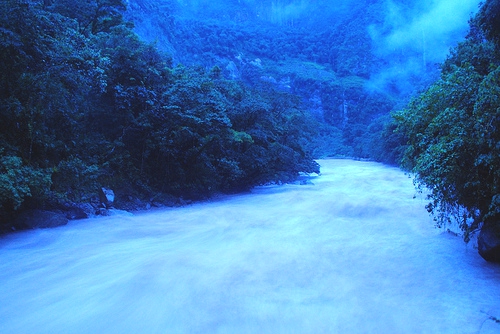
This is aided by the mechanism most budget-minded travelers use to see the ancient Inca spiritual site: Rising extremely early in the morning and hiking up the mountain.
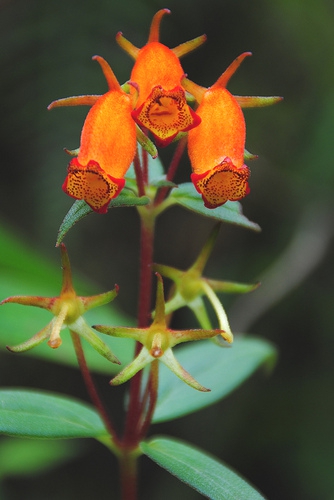
Although the base and lower reaches of the mountain appear as cool and mist-filled as the summit just as the sun is rising, the hike down reveals that the basin directly beneath Machu Picchu (the town of Aguascalientes and its vicinity) is lush, warm and tropical.
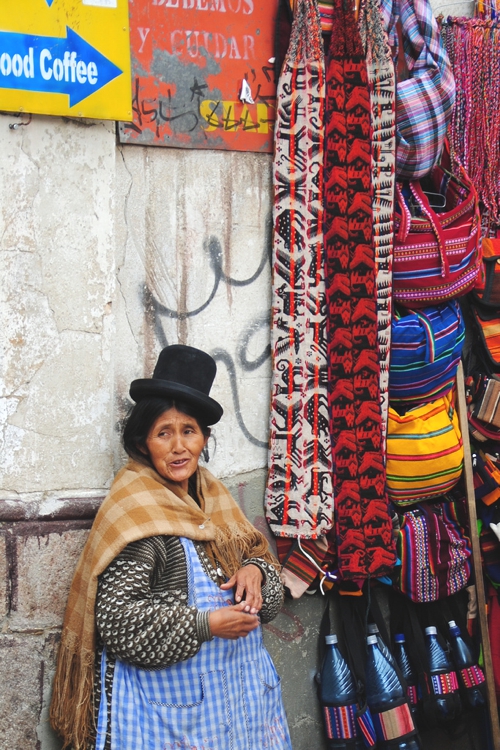
Of course, is not the just the altitude of many of Perú’s and Bolivia’s most populated regions that are responsible for their climate. For instance, Perú’s climate is in particular is cooled by the Pacific Ocean’s Humboldt Current.

Altitude has a much more significant impact on Bolivia’s climate than Perú’s, since Bolivia is overall one of the highest countries of the world. In particular the Altiplano, Bolivia’s most conspicuous geographical feature and also its most-explored, has a skyscraping average height of 3,700 meters, or 12,000 feet.
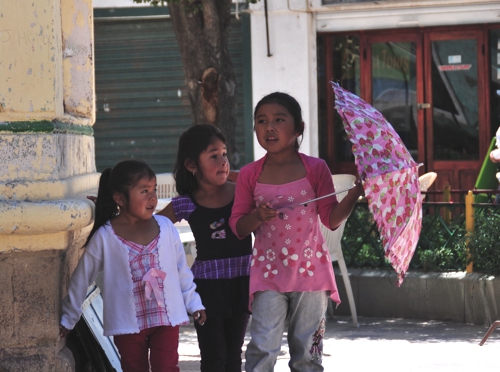
Bolivia’s generally high altitude causes cool temperatures for much of the country, but also makes for a thin atmosphere that poorly holds in what heat does warm the area during the day. And it is not so much the daytime warmth of Bolivia, but the harsh sunlight and UV radiation, that can prove problematic to residents and tourists alike.
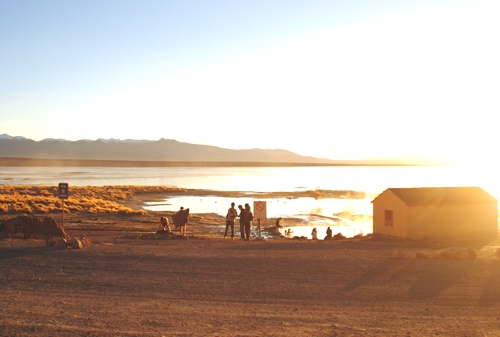
When I descended out of the Bolivian Andes into San Pedro de Atacama, Chile, which sits in a desert whose dry climate is incidentally caused by the same Pacific current that cools much of Perú, I was relived that the coldest days of my South America trip were behind me.

Robert Schrader is a travel writer and photographer who’s been roaming the world independently since 2005, writing for publications such as “CNNGo” and “Shanghaiist” along the way. His blog, Leave Your Daily Hell, provides a mix of travel advice, destination guides and personal essays covering the more esoteric aspects of life as a traveler.








